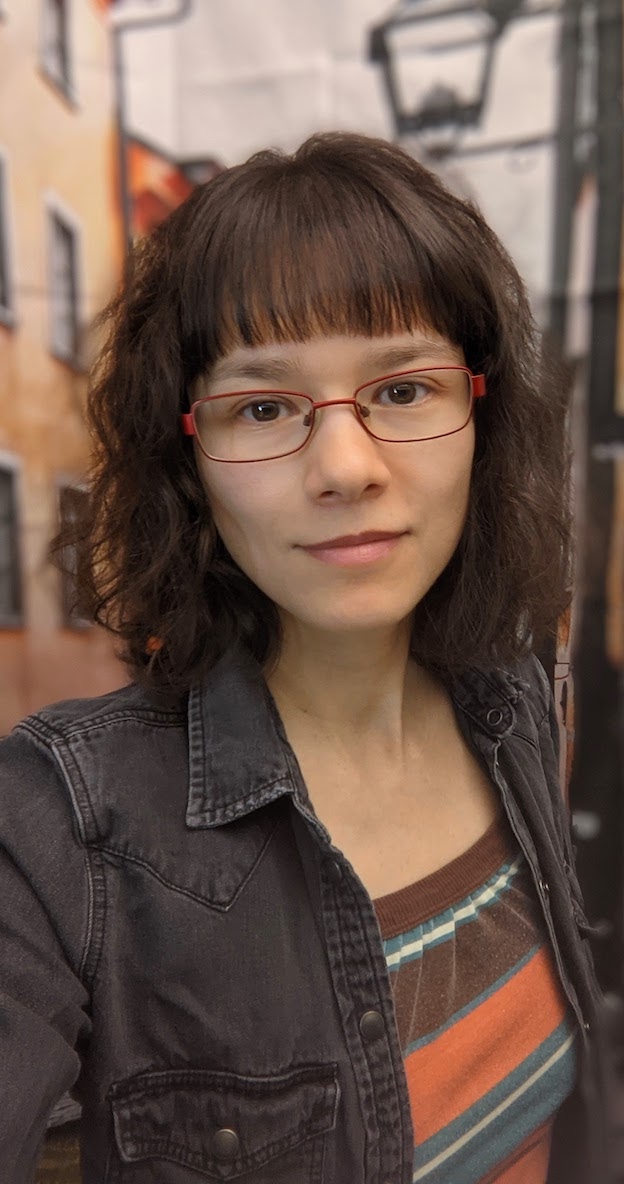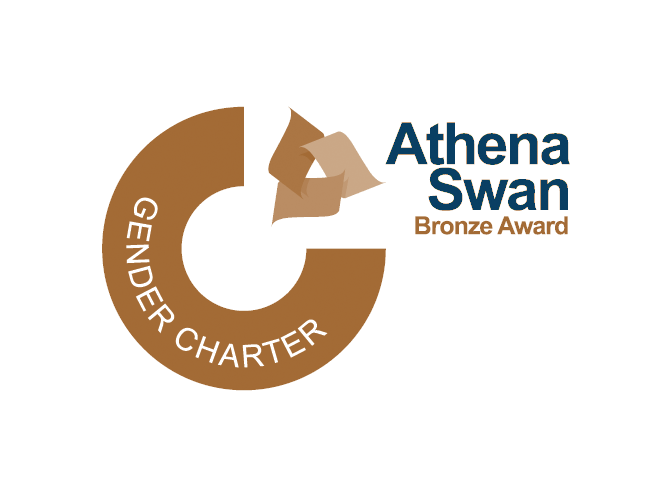Submitted by Rachel Gardner on Thu, 29/05/2025 - 12:00

 As part of a highly ambitious UK research programme to improve Robot Dexterity, Rika Antonova – an Associate Professor here at the University of Cambridge Department of Computer Science and Technology – is leading a new project to co-evolve smarter robot bodies and learning.
As part of a highly ambitious UK research programme to improve Robot Dexterity, Rika Antonova – an Associate Professor here at the University of Cambridge Department of Computer Science and Technology – is leading a new project to co-evolve smarter robot bodies and learning.
The Robot Dexterity programme is funded by the Advanced Research and Invention Agency (ARIA). Led by Programme Director Jenny Read, it aims to produce the breakthroughs in hardware that are needed to transform robotic capabilities and unlock a step change in human productivity.
Rika is one of a group of R&D Creators funded by Technical Area 1 of the programme. Backed by £57 million of funding, the Creators in this Technical Area will work to achieve breakthroughs in robot sensing, materials, control and learning.
The reason they are doing this is that while advances in AI are revolutionising what robots can do, the development of robot bodies has not kept pace with the improvement in their brains. As a result, robots cannot achieve the flexibility, speed and precision of human manipulation, rendering them useless for many of the key tasks where we need them most.
Helping robots perform better at real world tasks
"Because of this lack of dexterity," Rika says, "robots still struggle with many real-world tasks like recycling, agriculture and care work. We want to speed up how they learn to be useful, reliable and affordable."
Hence her new project, Ada-GO – Adaptive Global Optimisation for Co-Evolving Hardware and Policy Learning. It involves developing a framework where a robot's body and its control algorithms evolve together, guided by the real-time performance data the robot is receiving from its sensors.
This co-evolution of robot hardware and policy learning "will allow us to quickly find high-quality affordable robot designs, along with efficient methods for robots to learn new tasks autonomously," says Rika.
To discover truly novel and effective designs, their approach will be to explore the vast space of designs and behaviours jointly using scalable global optimisation methods. "With this, we can find the best configuration of hardware components and most suitable reinforcement learning methods that learn to utilise the novel embodiment effectively," explains Rika.
Another key aspect is to enable hardware-in-the-loop optimisation, which Rika and her team will address by developing active learning methods that select designs showing promise in simulation, then adapting them to be effective in reality.
Robot help for our globally ageing population
Overall, the long-term vision is to make robot customisation fast and affordable, boosting productivity by automating tedious and physically demanding work.
One potential application area for this is in helping our globally ageing population. "It's one of the most difficult problems we face," Rika says. "By 2050, there will be 1.6 billion people in the world over the age of 65. They will need physical help in their homes, care facilities and hospitals. Dexterous robots could support their independence and reduce pressure on care services."
There are many other application areas, such as helping us live more sustainably by working in the recycling industry. Here, robots could be used to disassemble products – such as electronics – so their component parts can be correctly recycled.
But a key challenge in this, as Rika explains, is that "robots currently lack the sensitivity and flexibility in manipulating objects that humans possess." And to date, high quality solutions to this problem are still far too costly to be viable.
Complex object manipulation problems
On the face of it, this may seem a relatively simple issue. But it’s not. "We humans quickly forget the complexity of the tasks we perform," Rika says. "We first learn to pick up and manipulate objects while we're still babies. Our manipulation of them becomes more complex as we grow into adults, but we don’t notice that. In part, that is because of the high sensitivity of the skin on the human hand, which we take for granted."
In order to address this challenge, Rika and her team will be working with a range of collaborators. These include two other Cambridge University projects also funded under the Robot Dexterity programme.
One, led by Fumiya Iida, Professor of Robotics in the Engineering Department, is developing a scalable and flexible tactile sensing system based on Electrical Impedance Tomography (EIT). This system is designed to support real-time, closed-loop control for robots performing force-sensitive manipulation tasks—such as using scissors, screwdrivers, or chopsticks.
Another project, led by Prof Tawfique Hasan, Director of the Nanoengineering Group at the Cambridge Graphene Centre, focuses on next-generation electronic skin to improve robots' ability to perceive and respond to their environments.
Electronic skin
Drawing on years of research in flexible, graphene-based materials, the group is designing electronic skin that detects force, temperature, and texture in real time. The goal is to give robots a sense of touch that approaches human capability – critical for manipulating delicate objects or operating in unstructured environments.
And there are additional collaborators getting involved beyond the University. "We need teamwork across different universities, companies, and disciplines," Rika says. "ARIA has done an amazing job of bringing us together – and I believe this is the key to the programme’s success."

